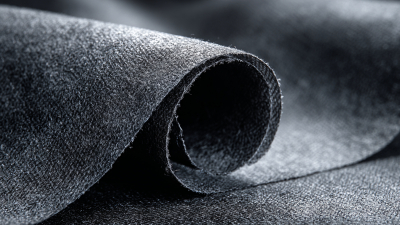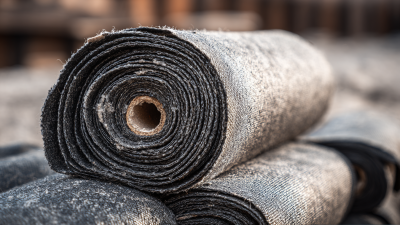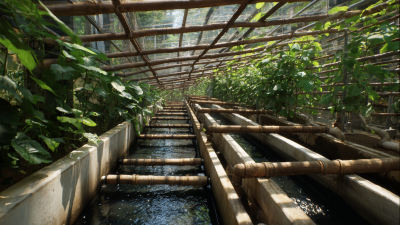Geotextile fabric has emerged as an invaluable resource in contemporary infrastructure projects, significantly enhancing durability and performance in various applications. This versatile material, designed to improve soil stability and water management, plays a crucial role in civil engineering, landscaping, and environmental protection. Understanding how to effectively utilize geotextile fabric can unlock its full potential, providing solutions to common challenges faced in construction and infrastructure development. From road construction to erosion control, this guide will explore essential applications of geotextile fabric, offering practical insights on implementation strategies and best practices. Whether you are a seasoned professional or a newcomer to the field, mastering the techniques for incorporating geotextile fabric into your projects can lead to successful outcomes and long-term benefits for infrastructure systems.
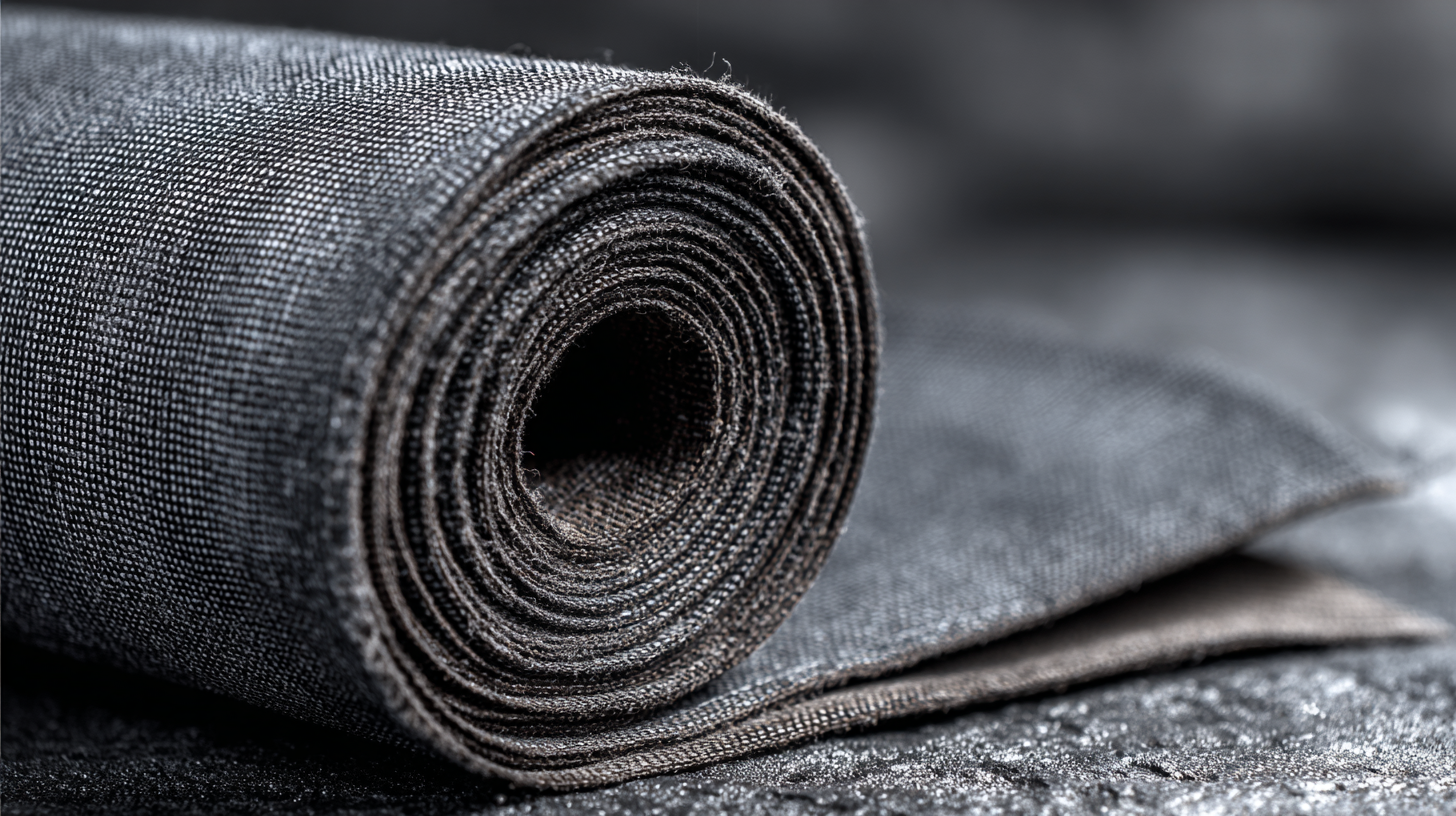
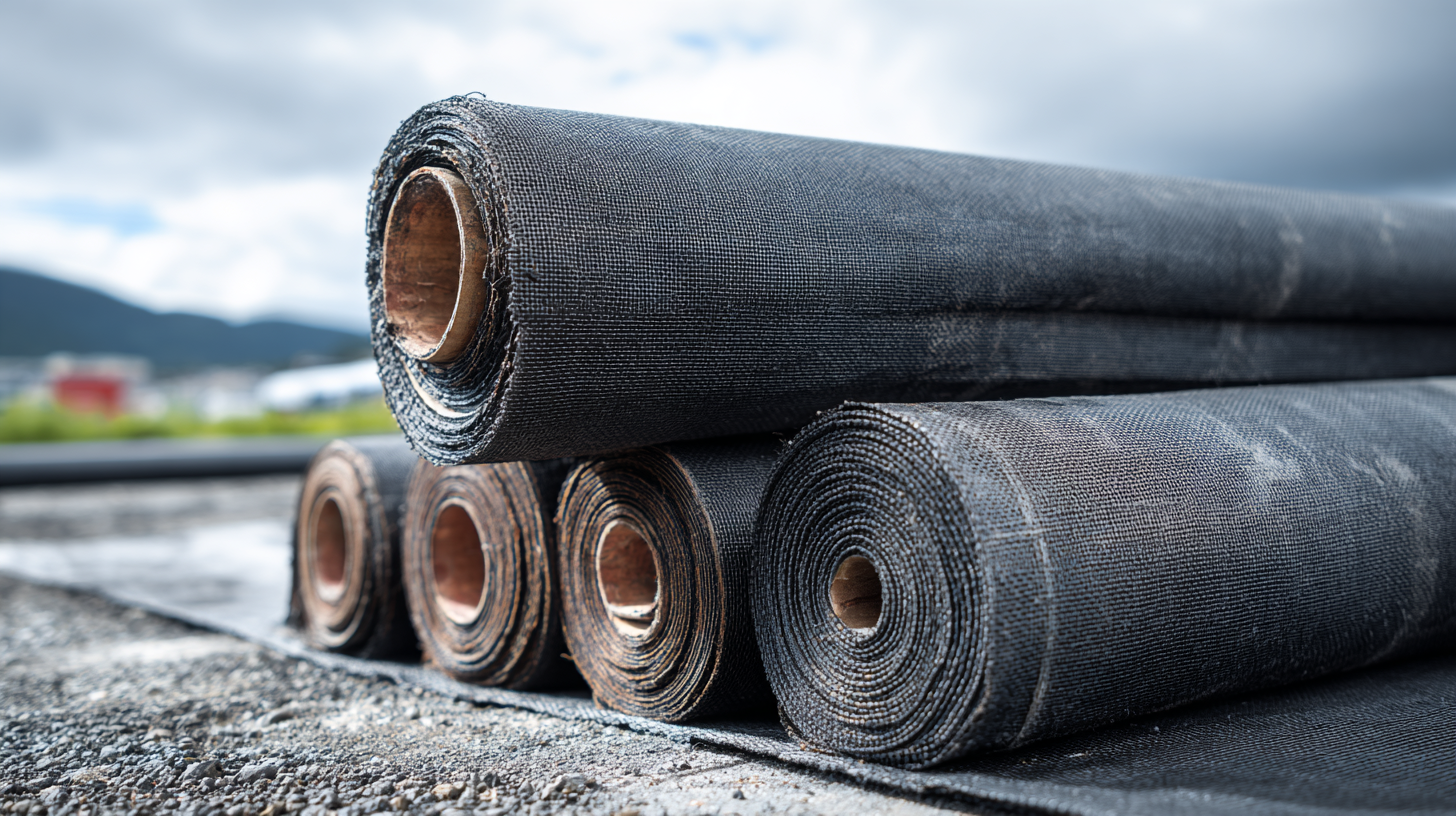 Geotextile fabric is a versatile material widely used in modern infrastructure, characterized by its ability to perform various functions essential for civil engineering projects. Primarily, geotextiles serve as a barrier that can effectively separate soil layers, preventing unwanted mixing while also providing reinforcement to structures under load. This separation function is crucial in preventing soil erosion and maintaining the integrity of slopes and embankments.
Geotextile fabric is a versatile material widely used in modern infrastructure, characterized by its ability to perform various functions essential for civil engineering projects. Primarily, geotextiles serve as a barrier that can effectively separate soil layers, preventing unwanted mixing while also providing reinforcement to structures under load. This separation function is crucial in preventing soil erosion and maintaining the integrity of slopes and embankments.
Moreover, geotextiles play a vital role in filtration and drainage systems. They allow water to flow through while filtering out sediments, which helps maintain clean waterways and prevents clogging in drainage systems. With the increasing focus on sustainable infrastructure, the demand for filtration solutions has rapidly grown, positioning geotextiles as a key player in the broader nonwoven market. Their unique characteristics make them indispensable in various applications, ensuring efficiency and longevity in construction projects.
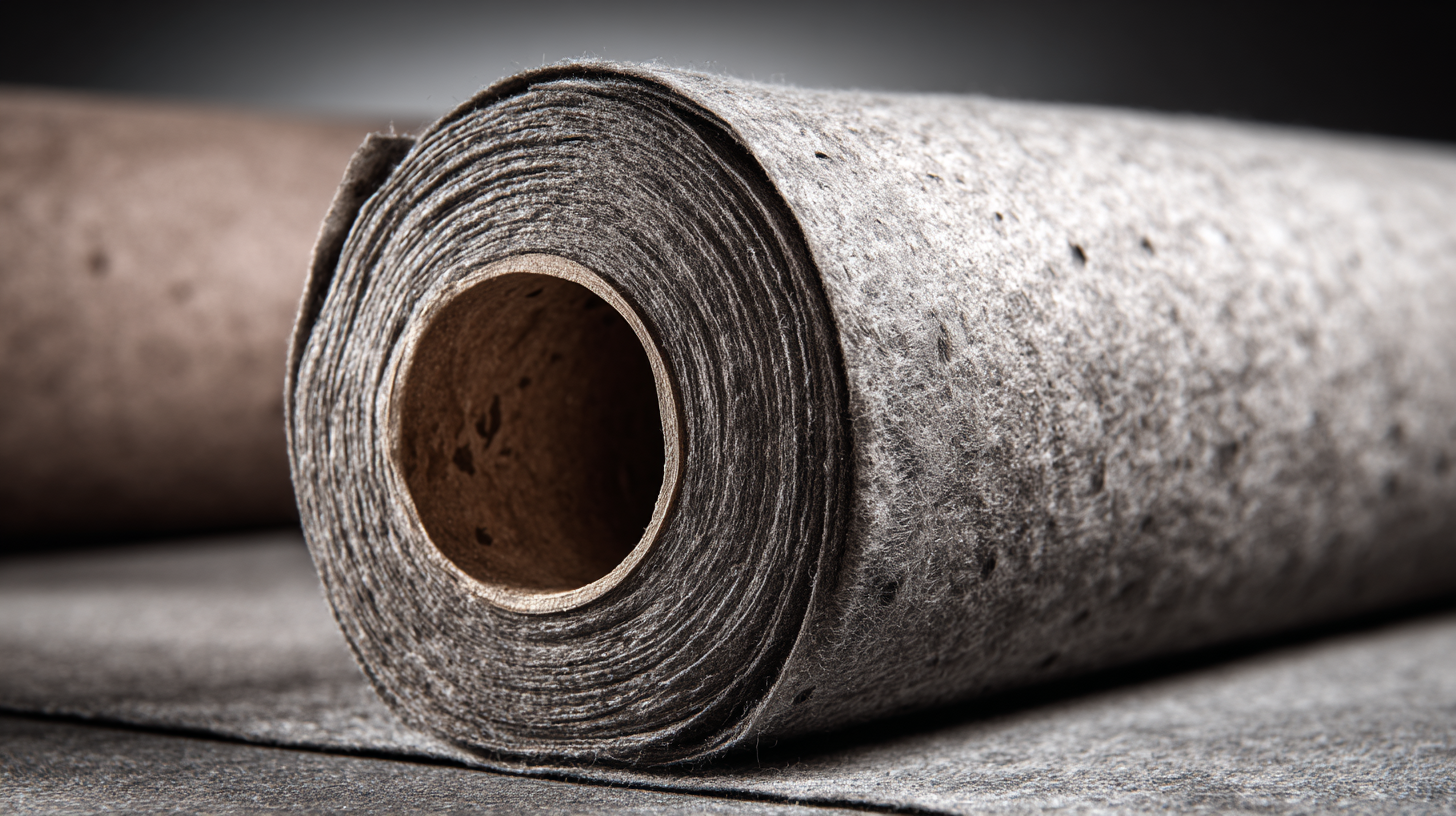 Geotextiles play a crucial role in modern infrastructure, with distinct types including non-woven, woven, and composite materials. Non-woven geotextiles are characterized by their random fiber arrangement, which enhances fluid flow while providing excellent soil filtration. Recent studies indicate their effectiveness in applications such as erosion control and waste containment, where they interact favorably with various soil types across varying moisture conditions. For example, their stiffness and structural performance can significantly improve when integrated with lateritic soils, showcasing their versatility in challenging environments.
Geotextiles play a crucial role in modern infrastructure, with distinct types including non-woven, woven, and composite materials. Non-woven geotextiles are characterized by their random fiber arrangement, which enhances fluid flow while providing excellent soil filtration. Recent studies indicate their effectiveness in applications such as erosion control and waste containment, where they interact favorably with various soil types across varying moisture conditions. For example, their stiffness and structural performance can significantly improve when integrated with lateritic soils, showcasing their versatility in challenging environments.
On the other hand, woven geotextiles are known for their strength and durability, making them ideal for reinforcement applications. They are often used in road construction and slope stabilization, where their tensile properties can withstand heavy loads. Geocomposites, which combine geotextiles with geomembranes or geogrids, further enhance functionality, providing additional layers of protection and effectiveness in managing groundwater and waste containment. As industries navigate upcoming regulatory challenges, particularly concerning environmental impacts, advancements in geotextile technology are essential for sustainable infrastructure development.
Geotextile fabric plays an indispensable role in modern road and highway construction, providing numerous benefits that enhance infrastructure durability and performance. Primarily, these fabrics are used for stabilization and separation of soil layers, preventing the mixing of different materials. This property helps maintain the integrity of the roadway structure, minimizes settlement, and increases load-bearing capacity, making it a vital component in the construction of stable and long-lasting roads.
In addition to stabilization, geotextiles also serve effective drainage functions. They allow water to flow through while preventing soil erosion, which is critical in areas prone to heavy rainfall or flooding. By facilitating proper drainage, geotextile fabrics protect roadways from water-related damage, promoting safety and reducing maintenance costs. Furthermore, their lightweight and easy installation characteristics help accelerate construction timelines, making them a preferred choice for engineers looking to optimize road design and execution.
Geotextiles play a pivotal role in modern infrastructure, particularly in the realms of erosion control and soil stabilization. As environmental concerns rise, the demand for innovative solutions in erosion and sediment control is gaining momentum. Market reports indicate that the U.S. geotextile market was valued at USD 1.01 billion in 2024 and is projected to grow at a CAGR of 4.1% from 2025 to 2030. This growth reflects an increasing adoption of geotextiles for their ability to enhance soil stability and prevent erosion in various applications.
The application of geotextiles made from natural fibers, such as those derived from Typha domingensis, has shown promising results in field degradation tests. These plant fiber geotextiles not only support erosion control but also foster a conducive environment for vegetation growth, aligning with sustainable construction practices. As the South Asia geosynthetic market is expected to expand from USD 3 billion in 2025 to USD 7.1 billion by 2035, it is evident that the industry is witnessing robust growth driven by environmental awareness and the need for effective erosion control measures. The continued innovation and investment in this sector underscore the essential role of geotextiles in securing and stabilizing our landscapes.
| Application | Description | Benefits | Key Features |
|---|---|---|---|
| Erosion Control | Geotextiles provide a protective layer on the soil to prevent erosion by wind and water. | Reduces soil loss, protects vegetation, and promotes better water management. | Durable, filter capability, and various styles available. |
| Soil Stabilization | Used to enhance the load-bearing capacity of soils and provide stability to highways and railways. | Prevents deformation, enhances load distribution, and reduces maintenance costs. | High tensile strength, lightweight, and easy installation. |
| Drainage | Facilitates the free flow of water through soil while filtering out sediments. | Reduces waterlogging, enhances soil aeration, and improves foundation performance. | Permeable, lightweight, and long-lasting. |
| Reinforcement | Strengthens weak soils in embankments, retaining walls, and earth structures. | Increases stability and lifespan of structures, reducing risk of failure. | Strong and resistant to chemical degradation. |
Geotextiles have emerged as essential materials in modern infrastructure, particularly in the fields of drainage systems and filtration solutions. Their innovative applications serve to enhance soil stability, prevent erosion, and improve water management. In drainage systems, geotextiles function by allowing water to pass through while filtering out sediments, ensuring that only clean water is directed away from construction sites or agricultural fields. This capability not only prolongs the lifespan of these systems but also significantly boosts their efficiency.
When selecting geotextiles for filtration purposes, consider the permeability and tensile strength of the fabric. Higher permeability allows for better water flow, while strength ensures the material can withstand the pressures from surrounding soil and water.
For effective use in drainage applications, it is essential to install geotextiles properly. Make sure to overlap seams adequately to prevent soil intrusion, and consider adding a protective layer on top to enhance longevity. Regular maintenance, including inspections for blockages or signs of wear, can also help in ensuring that the filtration systems remain functional and effective.


